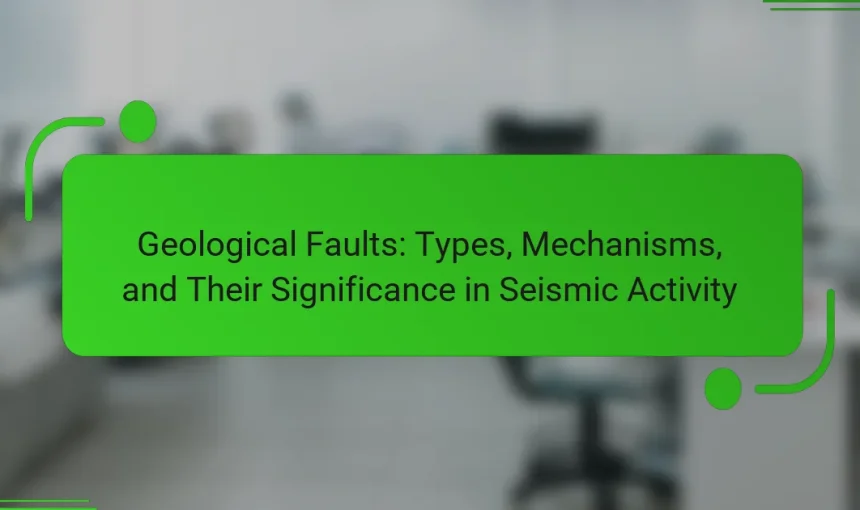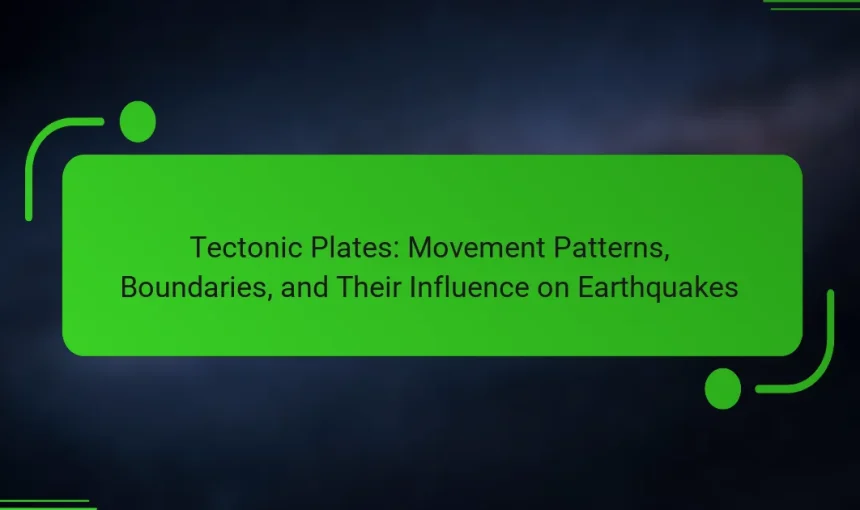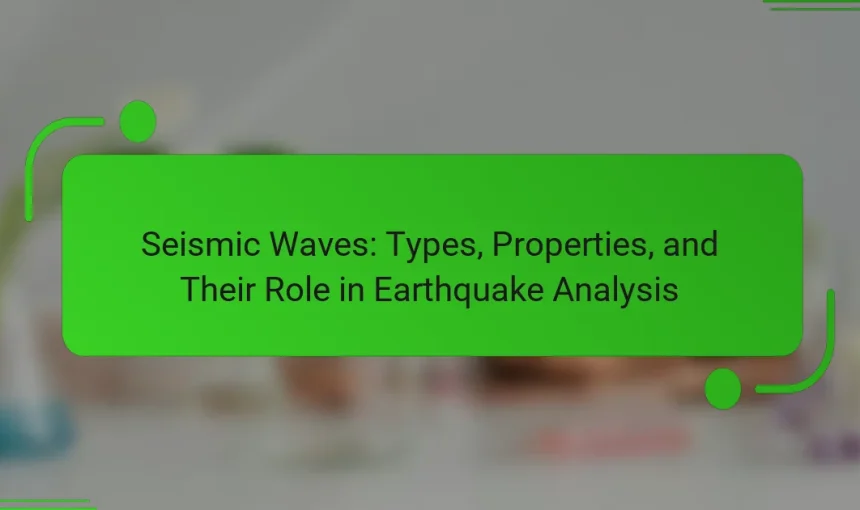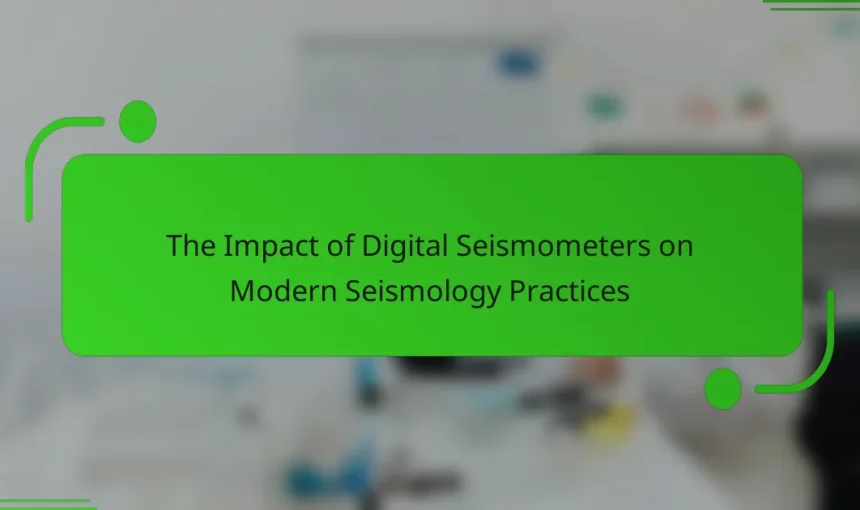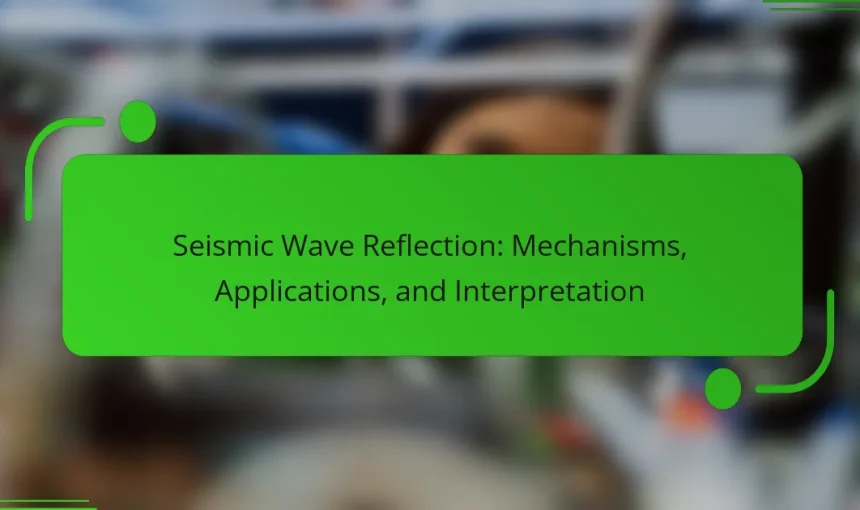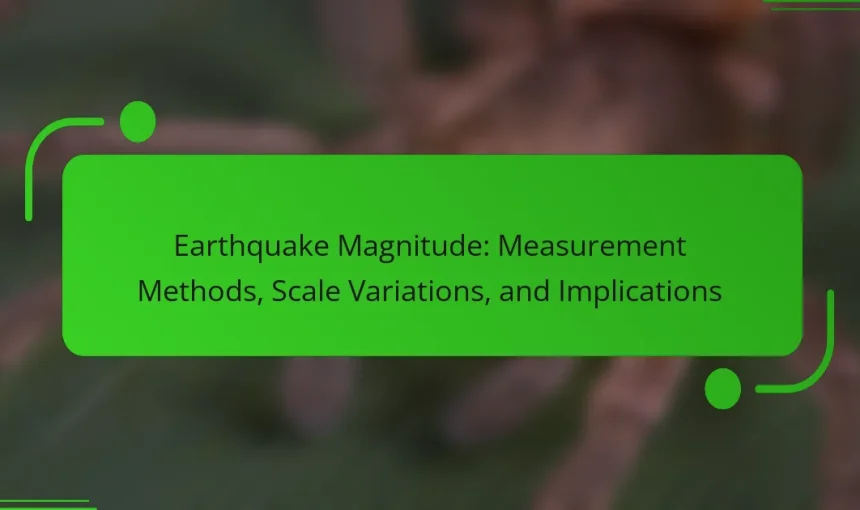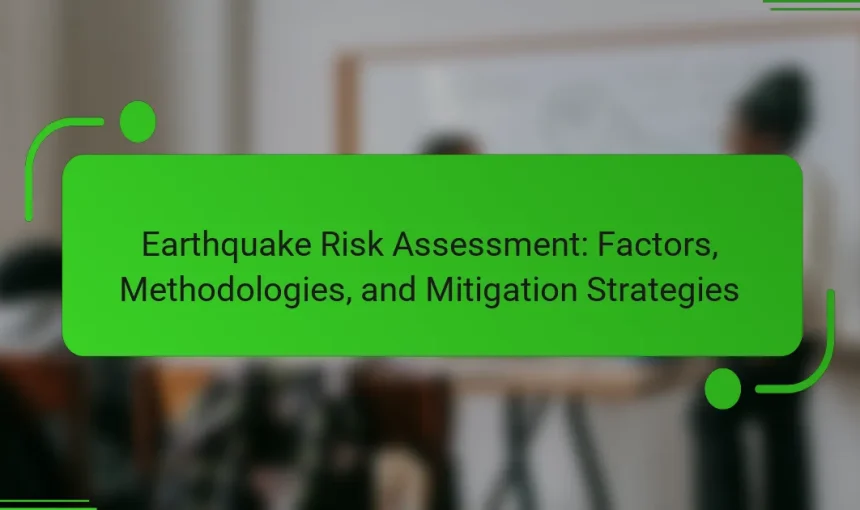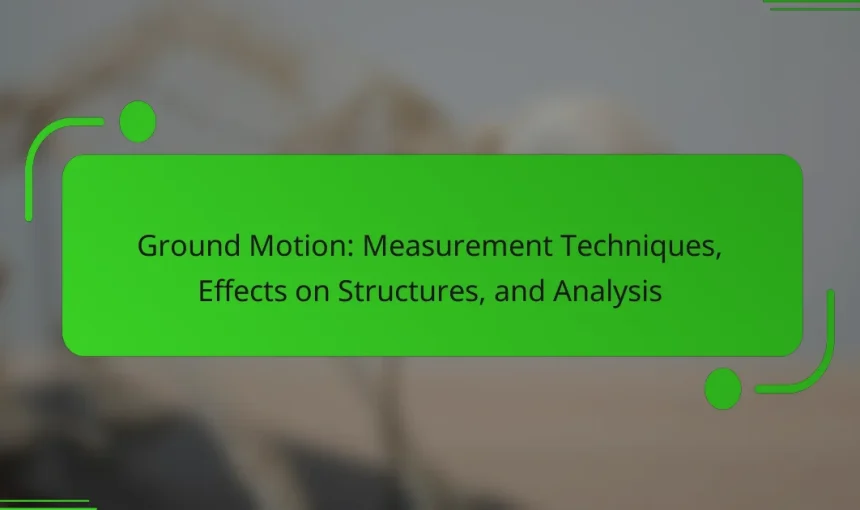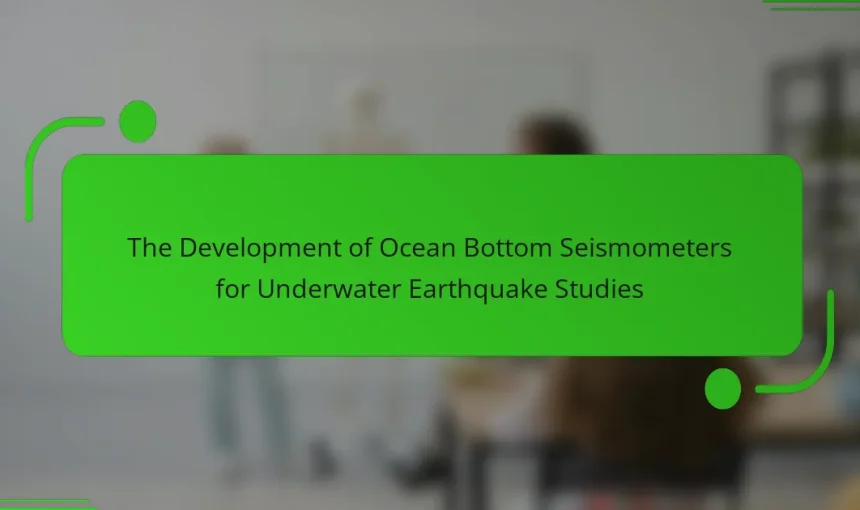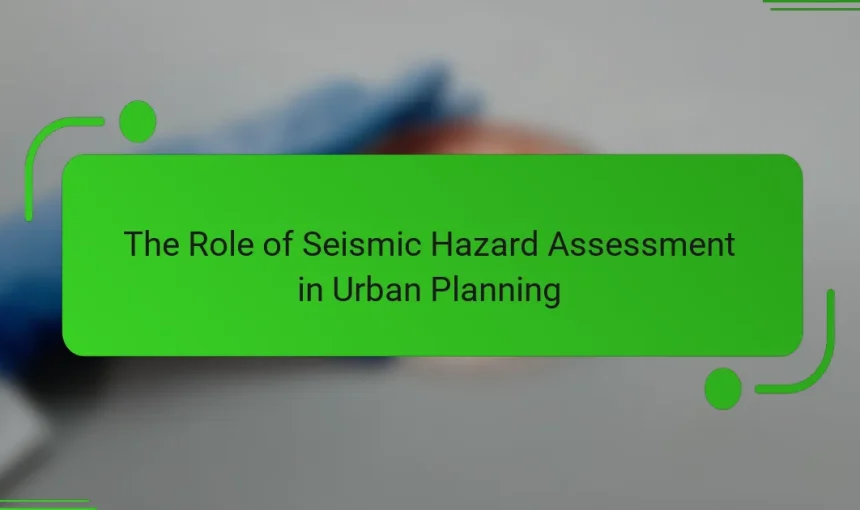Geological faults are fractures in the Earth’s crust where blocks of rock move relative to each other, primarily due to tectonic forces arising from the movement of lithospheric plates. These faults vary in size and are classified into three main types: normal, reverse, and strike-slip. Geological faults are significant in the context of seismic activity, […]
Tectonic plates are large sections of the Earth’s lithosphere that float on the semi-fluid asthenosphere and interact with one another through various movements. This article explores the three main types of tectonic plate boundaries: divergent, convergent, and transform, detailing how these interactions lead to geological phenomena such as earthquakes and volcanic activity. The movement of […]
Seismic waves are energy waves generated by geological processes, such as earthquakes and volcanic activity, and are classified into two main types: body waves and surface waves. Body waves include primary (P) waves, which are faster and can travel through both solids and liquids, and secondary (S) waves, which are slower and can only move […]
Digital seismometers are advanced instruments that measure ground motion resulting from seismic waves, converting mechanical vibrations into electrical signals for accurate data analysis. They significantly enhance earthquake detection and characterization by capturing a broader frequency range and enabling real-time data transmission. This technology improves seismic monitoring and supports advanced processing techniques for better interpretation of […]
Seismic wave reflection refers to the phenomenon where energy waves generated by the sudden release of energy in the Earth’s crust, particularly during earthquakes, bounce off geological boundaries. This article explores the two main types of seismic waves—body waves (P and S waves) and surface waves—along with the mechanisms of reflection that occur when these […]
Earthquake magnitude is a numerical measurement that quantifies the energy released during a seismic event, primarily assessed using the Richter scale and the Moment Magnitude scale. This measurement is crucial for understanding the potential impact of earthquakes, as higher magnitudes correlate with increased destruction and loss of life. The article will explore the implications of […]
Earthquake risk assessment evaluates the potential impacts of earthquakes on specific areas or structures, focusing on identifying vulnerabilities and estimating the likelihood of various earthquake scenarios. This process utilizes historical data, geological studies, and engineering analyses to inform decision-making related to disaster preparedness and mitigation strategies. The article explores the factors influencing earthquake risk assessments, […]
Ground motion is the shaking of the ground caused by seismic waves during an earthquake, and it plays a crucial role in evaluating the impact of earthquakes on structures. The article covers various measurement techniques for ground motion, including accelerometers, displacement sensors, and GPS-based systems, each with unique applications in earthquake engineering. It highlights how […]
Ocean Bottom Seismometers (OBS) are advanced instruments used to measure seismic activity on the ocean floor, providing essential data for the study of underwater earthquakes and tectonic processes. The evolution of OBS technology, from early models in the 1960s to modern systems equipped with real-time data transmission capabilities, has significantly enhanced the ability to monitor […]
Seismic Hazard Assessment is a systematic evaluation process that identifies and quantifies the potential seismic hazards in a specific area, focusing on the likelihood of earthquakes and their impacts. This assessment incorporates historical earthquake data, geological conditions, fault lines, and local building codes to inform urban planning and risk management strategies. Key components include seismic […]
